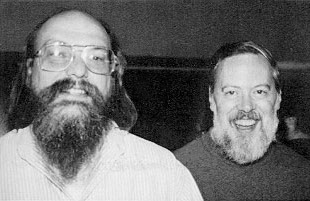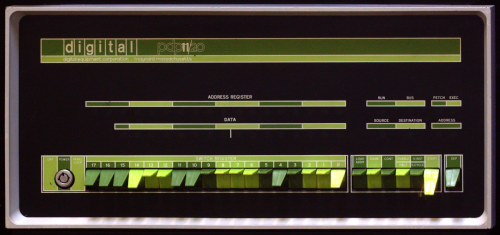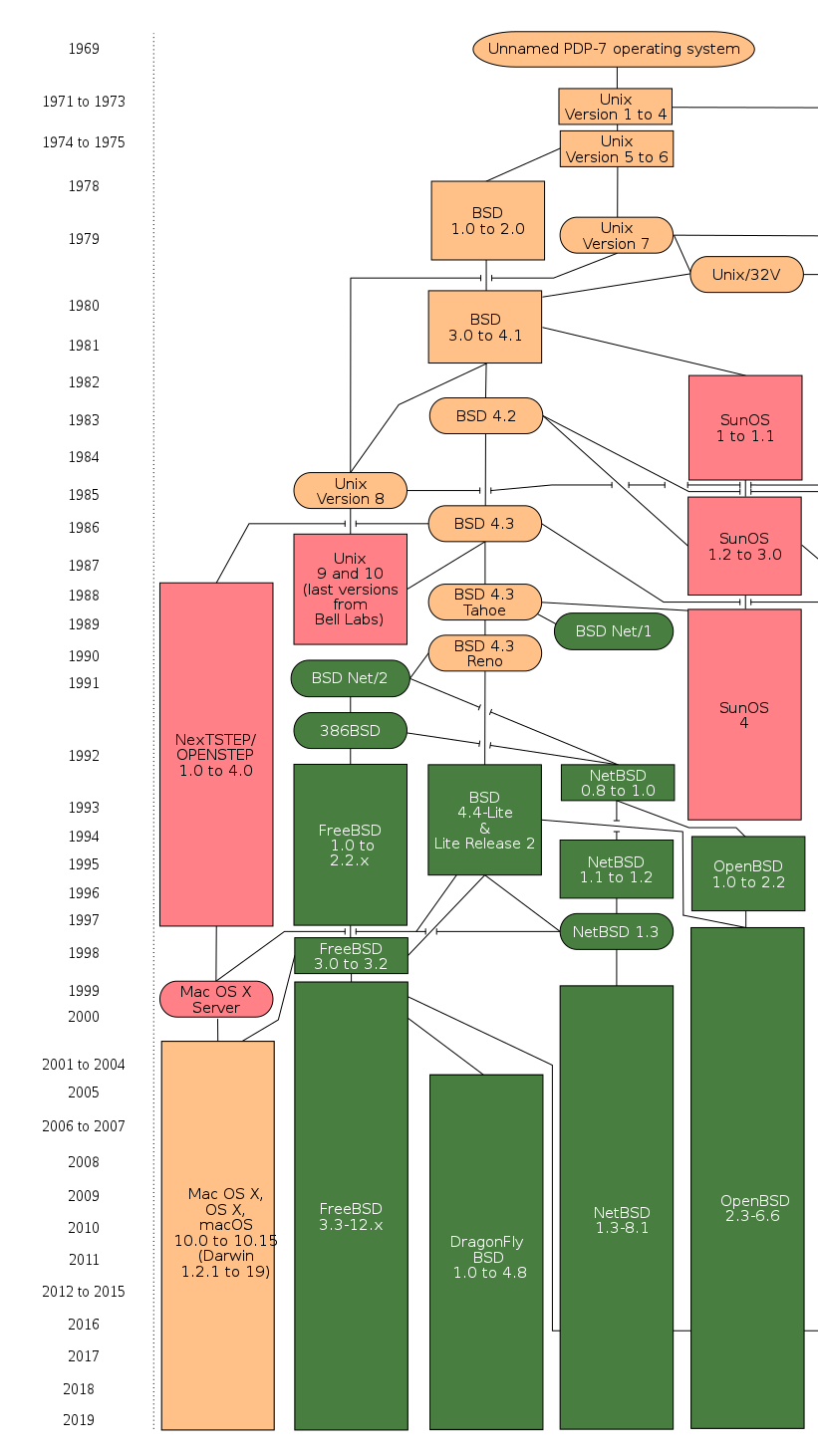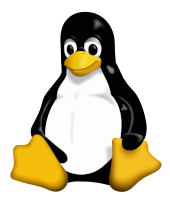The History of Linux
UNIX
Image
of the front of a PDP-7
Image was taken by
Toresbe
and retrieved from
Wikimedia
where it was uploaded under the
Creative Commons ShareAlike 1.0 License
From Wikipedia “Unix is a family of multitasking, multiuser computer operating systems that derive from the original AT&T Unix, development starting in the 1970s at the Bell Labs research center by Ken Thompson, Dennis Ritchie, and others.”
But what does this all mean, well in the late 1960’s development was underway on Multics (Multiplexed Information and Computing Service) an operating system with many new and novel ideas. One of these ideas was time-sharing, the ability to share computer resources amongst many users at the same time. Bell Labs, MIT, and General Electric were all involved in the project but Bell Labs dissatisfied with the progress of the project started withdrawing from it. This left just a few researchers from Bell Labs working on Multics one of them being Ken Thompson.

Ken Thompson and Dennis Ritchie, respectively standing side by
side smiling into the camera
Image retrieved from
Wikimedia
where it was uploaded from the public domain
With Bell Labs withdrawing from Multics he decided to write his own operating system (OS) with some of the ideas from the Multics project. While he still had access to Multics he wrote various things for his OS including a game called Space Travel. But writing Space Travel made him realize that he needed a better computer for his purposes and he found a little-used Digital Equipment Corporation PDP-7 at Bell Labs.
At this point there was a team of researchers working on Unix led by Ken Thompson and Dennis Ritchie and they implemented various features on Unix based on the improvements from Multics but simplified. It was around this time that Thompson created the B programming language and the first version of the name was thought up, Uniplexed Information and Computing Service (Unics). A few different departments of Bell Labs were interested in the OS but they wanted to run it on a larger computer and another department wanted to do text processing on it so the team added text processing features to the OS and received funding to get a PDP-11/20. It was also around then that the OS was officially named Unix. Most programs in Unix were at the time written in a programming language called Assembly, the problem with Assembly was that it was very low level meaning that the code was complex and hard for a human to process, but this problem gets solved later.

Image of a green front panel from a PDP-11
Image retrieved from
Wikimedia
where it was uploaded under the
Creative Commons Attribution-Share Alike 2.0 France
The system was getting more and more complex and the need for some sort of guide or manual to the OS grew, so one was made and dubbed the ‘UNIX Programmer’s Manual’. Each command or program in the system was documented in a ‘man page’ a format that to this day is widely used on Linux to document commands/programs. Each man page offered a terse reference of information about the usage of the program as well as listing known bugs and giving contact details for the maintainer/maker of the command/program so further questions could be asked and the answers could be delivered and added to the man page.
Cut to 1973, Unix is getting very popular at Bell Labs but the aforementioned problem of the whole OS being written in Assembly is still there, it was the widely accepted opinion at the time that due to an OS being so complex it had to be written in a low-level language like Assembly. The aforementioned B programming language isn’t the ideal contender as it is slow and not very powerful, but in the meantime Ritchie had been working on and improving B which resulted in the successor C which was faster and more powerful. The decision was made to port Unix to C.
Up until this point the use and distribution of Unix had been entirely internal to Bell Labs but this was to change. At the 1973 Symposium on Operating System Principles Unix was presented formally to the outside world. This led to requests for the system and from then on the fate of the system was sealed.
Where is it now?
In the modern day Unix is split into a few different versions, Unix has been mostly taken over in popularity by Linux, more on that later and there are the BSDs: FreeBSD, NetBSD, and OpenBSD. Each of these BSDs have their own strengths and weaknesses but by far the most popular Unix derivative is an operating system you might’ve heard of, MacOS. Apart from MacOS Unix derivative systems have a negligible market share.

Diagram showing the connections between Unix, MacOS, and the
BSDs
Image retrieved from
Wikimedia
where it was uploaded under the
Creative Commons Attribution-Share Alike 3.0 Unported
and cropped to show the relevant information by
Justin Muirhead
References

Tux, Linux's Mascot
Image was made by
[email protected] Larry Ewing
and
The GIMP
Image retrieved from
Wikimedia
where the updated version was uploaded under this
README
by Simon Budig
And a futher updated version which is the one used in this
website was uploaded under the
Creative Commons CC0 1.0 Universal Public Domain
Dedication
by Garret LeSage.
This work includes material that may be protected as a
trademark in some jurisdictions.
